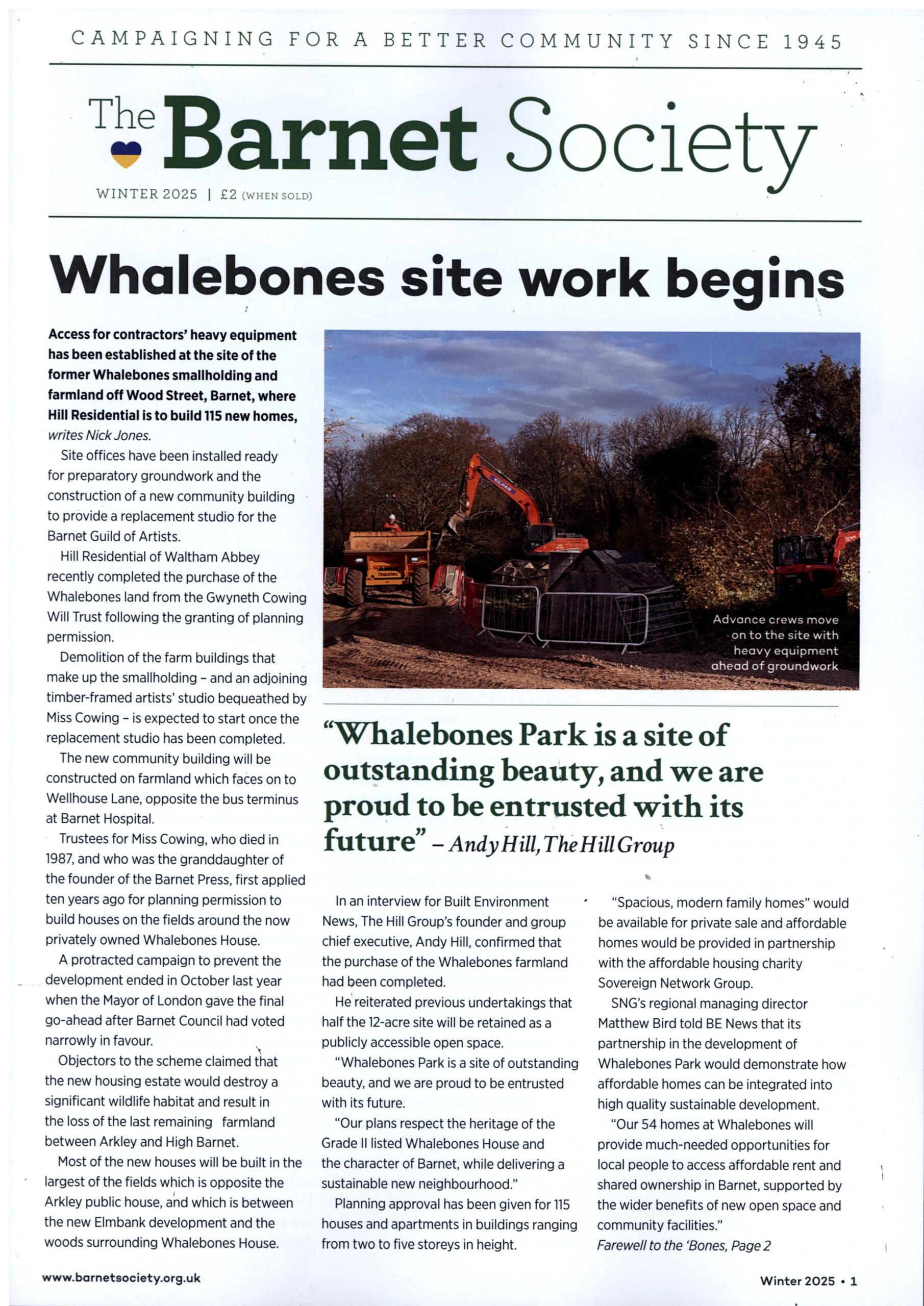Battle of Barnet banners have pride of place again to commemorate Greater London’s historic battlefield
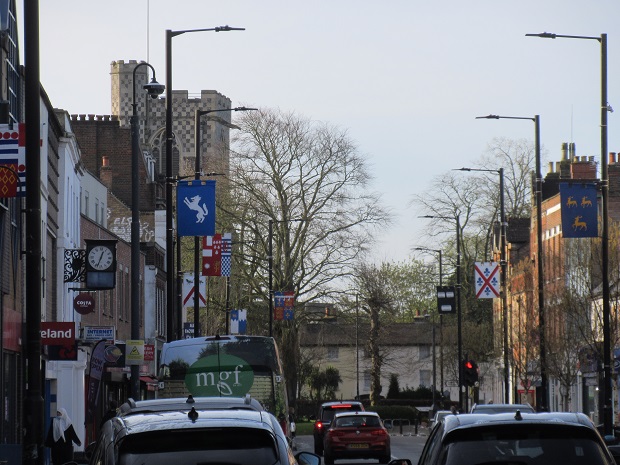
Once again competing for attention well above the hustle and bustle of the High Street are the heraldic banners and coats of arms of the royalty and noblemen whose troops fought at the 1471 Battle of Barnet.
After being restored — and sometimes repainted — during the winter months, the banners have pride of place at the top of the 76 lamp posts that provide street lighting all the way from High Barnet tube station to Hadley Green.
Their return to the High Street – right through to the end of September – is a timely reminder of the annual Barnet Medieval Festival (Saturday/Sunday 8/9 June) and yet another illustration of the efforts by local historians to explain and promote Barnet’s role in one of the most significant battles of the Wars of the Roses.
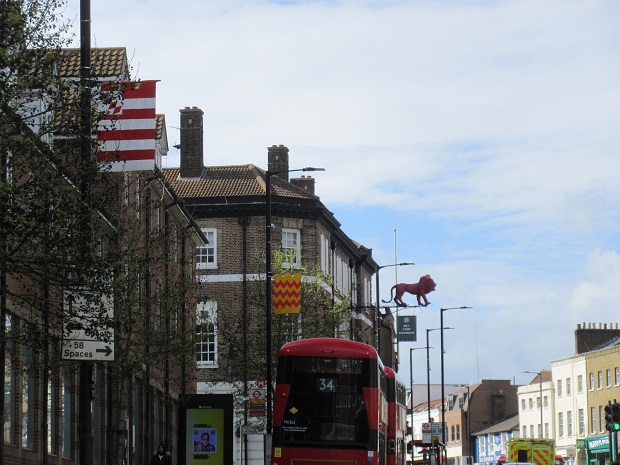
Two new publications have been timed to coincide with the re-appearance of the banners.
The first is an I-Spy style guide and quiz booklet – available from Barnet Museum – aimed at encouraging children to walk the length of the High Street, look up at the banners, and work out the meaning of the various symbols and emblems.
A new history identifying the 104 noblemen who took part – Behind the Battle of Barnet Banners – Stories of the Wars of the Roses – is due to be published in the summer, hopefully in time for the medieval festival.
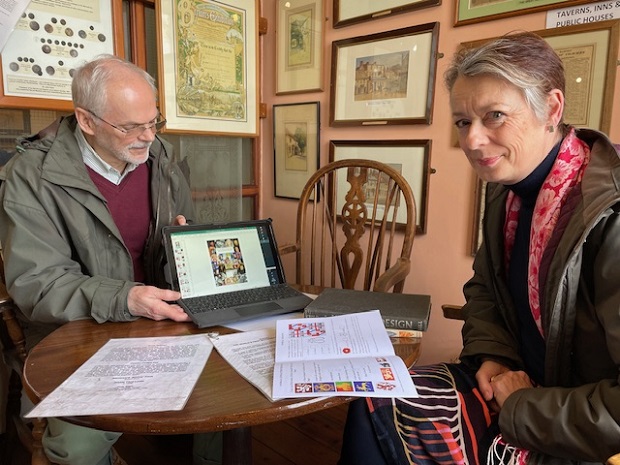
Author of the new book, Scott Harrison (left above) and Gwyneth Hibbett, who devised and wrote the guide on the banners, have both been enthused and encouraged by the continuing upsurge in interest about the battle and those who took part.
Each banner with its emblems or coat of arms belonged to an individual and the challenge for historians is to bring to life each of the royalty, nobility and gentry who fought with their troops at Barnet.
After lengthy research volunteer teams at the museum hand painted copies of all 104 banners – 76 for the High Street, and the rest for display in the museum shop at The Spires shopping centre and in the courtyard outside Waitrose.
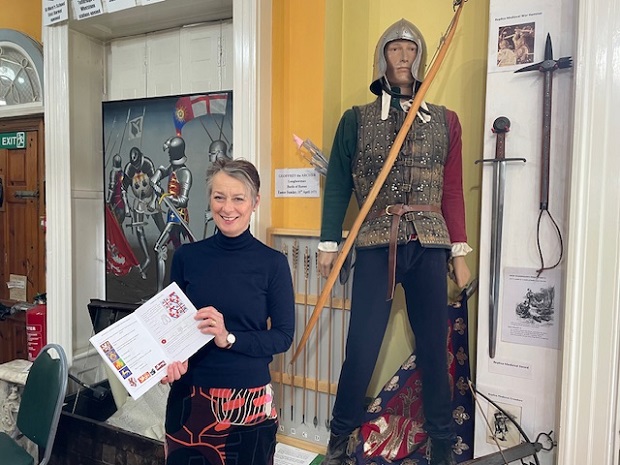
Gwyneth, a calligrapher, hopes her booklet – Battle of Barnet – Set forth on a Quest – will encourage people, and especially children, to try work out what the banners are trying to say.
Sometimes symbols were used to represent people’s names or occupations. The banner of Sir Richard Corbet pictured a crow. In his day, the name Corbet meant little crow or little raven.
Another puzzle revolves around the banner of Sir Richard Tunstall whose coat of arms illustrated three silver or white combs on a black background.
One theory is that one of Sir Richard’s ancestors was barber to William the Conqueror; another that the combs are wool combs, representative of the source of the family’s wealth and status.
Gwyneth whose own work as a calligraphy tutor – www.pen-gwyn.com — includes the design of heraldic coats of arms, said that it had been fascinating working with volunteers at Barnet Museum to research each banner and then hand paint them.
“I hope my guide to the banners and symbols will help people appreciate the history of heraldry and the importance of art and design at the time of the Wars of the Roses.”
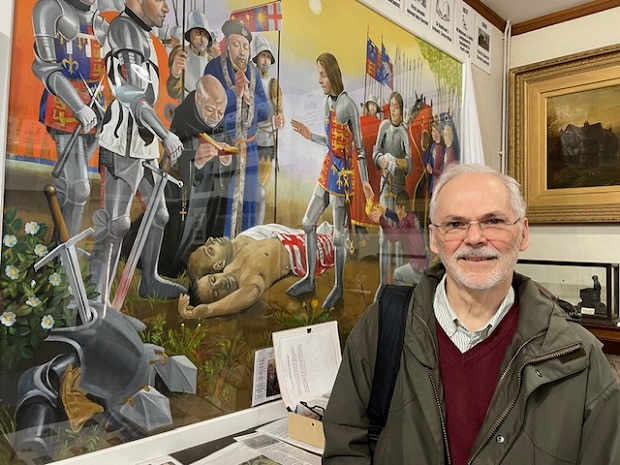
Like Gwyneth, Scott Harrison, who was formerly a schoolteacher and school inspector, has immersed himself in the challenge to find out more about each of the Kings, nobles and gentlemen known or thought to be present at the Battle of Barnet on 14 April 1471.
“Research into their lives shows them to be not only courtiers with a love of jousting, art and music, but also a mix of loyal subjects and downright villains.
“Those who fought at Barnet came from almost every county in England and Wales.
“We know a great deal about some of them, particularly the royalty and the nobility, but not so much about many of the gentry who came here with their troops.
“We can’t underestimate the significance of the Battle of Barnet: three kings fought here in 1471 — the past King (Henry VI), the present King (Edward IV) and the future King (Richard III) as well as the Earl of Warwick.
“So, this was a mighty assembly in just one place: 25,000 fighting out the fate of the nation, fighting for four hours for the future of the country.”
Scott hopes that his book will be published in time for the Barnet Medieval Festival in June.
It will be a sequel to the book published by the museum in 2021 – The Battle of Barnet: In Fact and Fiction.
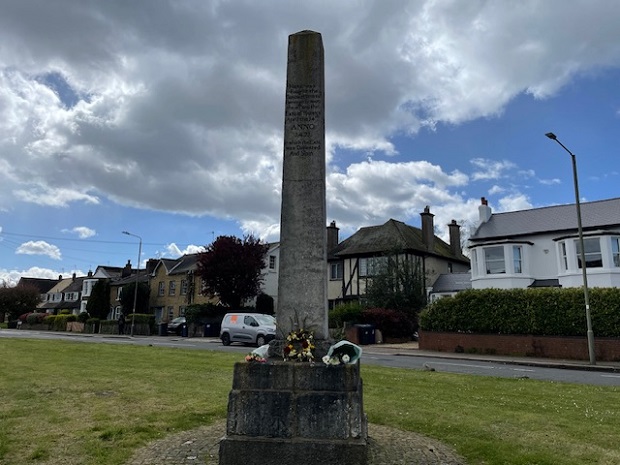
A wreath and bouquets of flowers were placed on the base of Hadley Highstone on Sunday 14 April to commemorate the 553rd anniversary of the Battle of Barnet and as a mark of respect for those who lost their lives that day.

